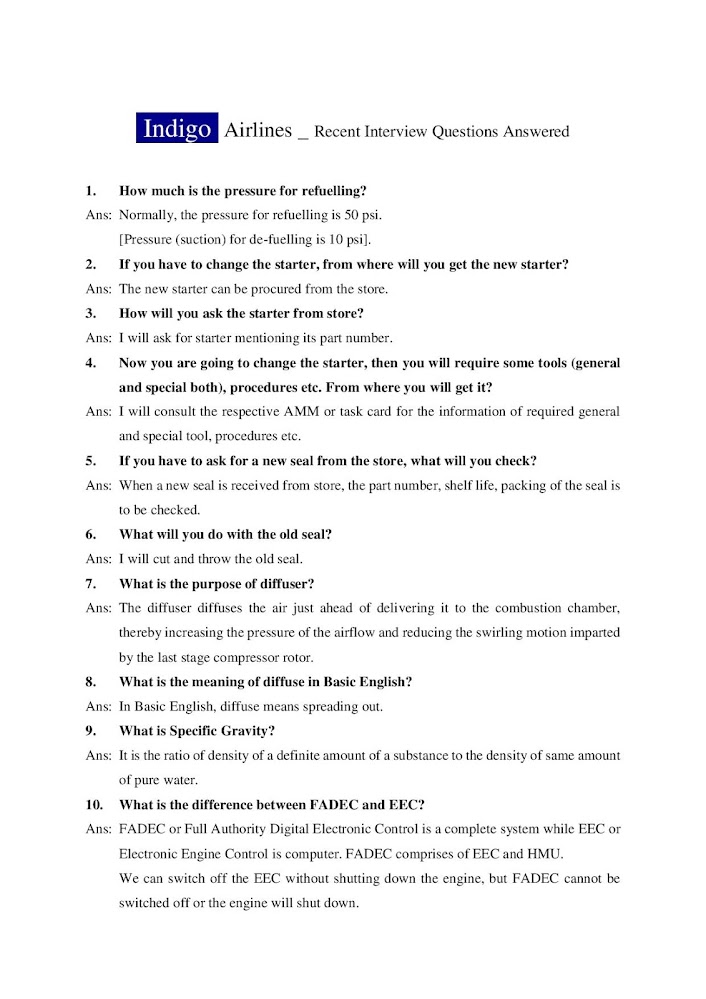Doppler Navigation Part 2 : Problems &solutions
The signal-to-noise ratio of the received signal is a function of number of factors including :
1.Aircraft range to the terrain.
2.Backscattering feature of the terrain. 3.Atmospheric conditions,I.e. attenuation and absorption of radar energy.
4.Radar equipment.
Problem 1:
If the aircraft where pitched up or down, this would change the angle of the beam with respect to the aircraft and the surface, this will change the value of doppler shift for a given ground speed.
This situation can be overcome in one of two ways, the transmitter and receiver can be mounted on a stabilized platform or (more usually ) Two beams can be transmitted from the aircraft (forward and aft ) ,as shown in the figure.
Problem 2:
When flying over oceans, the Doppler system will calculate velocity that include movement of the sea due to tidal effect i.e. not a true calculation of speed over the earth's surface.
The short-term error will be average out over the time.
Drift:
Fig: 2. in drift condition, there will be a Doppler shift in receiving signal.
Having measured velocity along the track of the aircraft, we now need to calculate drift. This can be achieved by directing a beam at right angles to the direction of travel. Calculation of drift is achieved by utilising the same principle as described above. in practical installation of several directional beams are used.





Comments
Post a Comment